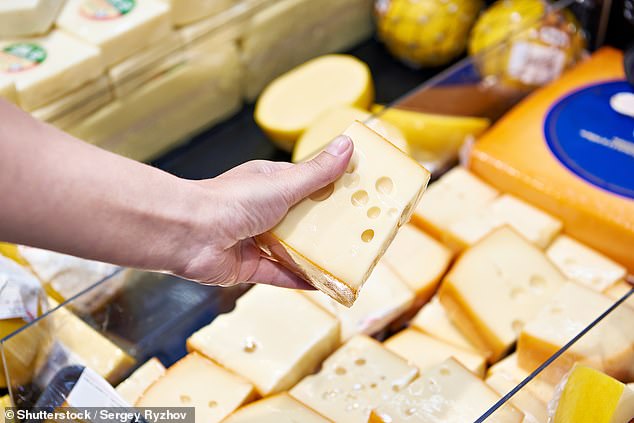
Scientists Discover Thousands of Hazardous Microplastics in Cheese, Prompting Urgent Health Warning
Cheese Lovers Beware: Study Reveals Shocking Levels of Microplastics
[Image: Cheese varieties on a platter]
Caption: Aged cheeses contain up to 45 times more microplastics than bottled water, a new study warns.
Cheese, from creamy brie to sharp cheddar, is a global favorite. But scientists now urge caution, as groundbreaking research reveals alarming microplastic contamination in dairy products—particularly cheese.
The Findings
A study by University College Dublin and Italy’s University of Padova, published in npj Science of Food, found:
- Aged cheeses (ripened >4 months): 1,857 plastic particles per kg
- Fresh cheeses: 1,280 particles per kg
- Milk: 350 particles per kg
Ripened cheeses had 45 times more microplastics than bottled water. Most particles were fibers or fragments of PET, polyethylene, and polypropylene—common in synthetic textiles, packaging, and machinery.
[Image: Microplastic fibers under a microscope]
Caption: Fibers and fragments, like the one shown, made up 73% of microplastics found in tested cheese samples.
How Do Microplastics Enter Cheese?
- Production Process: Removing liquid whey concentrates microplastics in curds during cheesemaking.
- Synthetic Materials: Protective gear, filters, and machinery in factories shed plastic particles.
- Packaging: Aging cheese in plastic wraps or containers may introduce fragments.
- Animal Feed: Microplastics in livestock feed might transfer into milk.
Health Risks: What We Know
Microplastics (≤5mm) permeate our food chain and bodies. While long-term effects are unclear, studies suggest risks:
- Ingested particles can migrate from the gut to bloodstream and organs.
- Rodent studies link high exposure to organ damage and reproductive issues.
- Human studies hint at ties to cardiovascular disease and bowel cancer.
[Image: Scientist inspecting cheese in a lab]
Caption: Researchers warn that even milk may carry microplastics into the food chain.
Why Cheese Has More Plastics Than Other Dairy
Cheese production involves condensing milk solids, amplifying existing contaminants. Milk itself isn’t immune—raw samples contain ~190 particles per liter, possibly from polluted feed digesting into cows’ systems.
Industry Response and Next Steps
The study calls for urgent investigations into contamination pathways. “Understanding how microplastics enter dairy is crucial for food safety,” the authors stressed.
Key Data at a Glance:
- Ripe cheese: 1,857 particles/kg
- Fresh cheese: 1,280 particles/kg
- Milk: 350 particles/kg
Source: E. Visentin et al., 2025
As research continues, consumers face difficult choices. Microplastics are now inescapable—found in water, fish, tea bags, and even breast milk—but cheese’s shockingly high levels spotlight the need for systemic change in food production.


